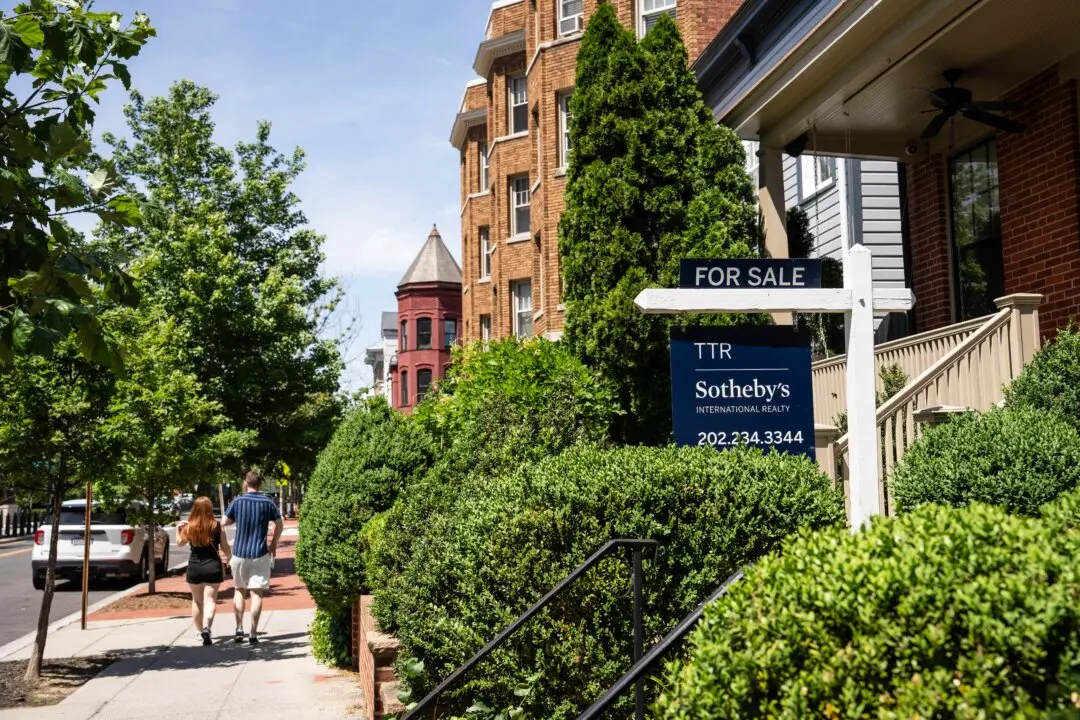New home sales in the United States unexpectedly surged in April to the highest level in more than three years, new government data show.
According to new figures from the Department of Commerce’s Census Bureau, released on May 23, sales of new single-family homes advanced 10.9 percent to a seasonally adjusted annual rate of 743,000 units, from a downwardly adjusted 670,000 in March.





